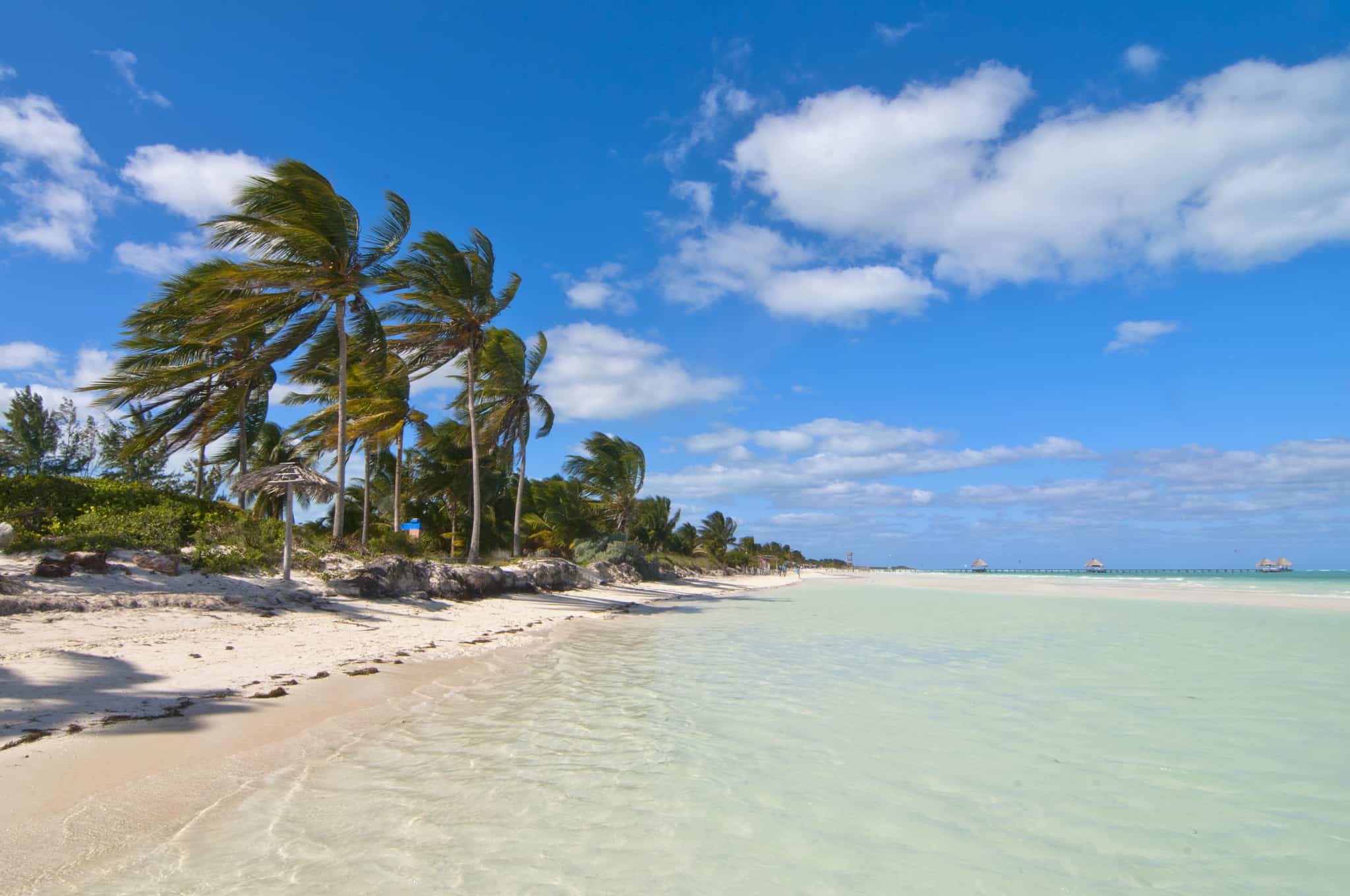|An island with spectacular beaches and constant warm temperatures, Cuba is the place to find fun in, on and under the water. Resorts boast all manner of water toys and activities, from pool noodles to parasailing. The sporting menu also includes windsurfing, kite boarding, sea kayaking and, of course, swimming and beachcombing.
Under Water
Thousands of vibrant underwater species, fabulous topography and unusual wrecks – you really can’t find a better place to snorkel and dive than Cuba.
Take the plunge and discover unpolluted waters with terrific visibility and more than 500 varieties of fish, crustaceans, sponges, mollusks and coral.
There are also wrecks of 17th- and 18th-century Spanish galleons to explore. CARISUB, a Cuban marine archaeological organization, charters salvage tours of such sites around Cuba.
Cuba’s 30 dive centres provide packages for everyone, from novices to pros. Some also offer certification as well as courses in marine photography, night diving and other interests. Most centres are near hotels and resorts, and have equipment for rent.
Cuba's Main Dive Sites
 Nolitours
Nolitours
Los Canarreos Archipelago: Has 56 designated dive sites at Puertosol Colony International Scuba Centre and Cayo Largo del Sur.
Guanahacabibes Peninsula: Access to more than 50 dive sites from María La Gorda International Scuba Centre.
Havana: Has 72 scuba sites available through four international diving centres. Immersion area is more than 100 kilometres long and three kilometres wide.
Santa Lucía: An extensive coral reef just off this beach resort has 34 designated dive points and numerous shipwrecks.
Varadero: Has more than 25 diving sites. Especially popular is the Cayo Piedras del Norte underwater park, where old yachts, frigates and planes have been deliberately sunk for recreational exploration.
Playa Girón: The top attraction here is the sheer drop off the island’s underwater platform.
Northern coast of Holguín: More than 20 dive sites are located just off Esmeralda and Guardalavaca beaches.
Ancón Peninsula: This area’s two well-defined dive sites are Ancón and Cayo Blanco de Casilda.
Santiago de Cuba: Scuba centres operate out of Baconao Park (Sigua and Bucanero) and Guamá municipality. Site of the Caribbean’s best preserved sunken ship, the Spanish warship Cristóbal Colón.
Jardines del Rey: In Cayo Coco and Cayo Guillermo, coral reefs offer attractive underwater landscapes.
On The Water
 https://www.flickr.com/photos/arturstaszewski/
https://www.flickr.com/photos/arturstaszewski/
Sailors have raved about Cuban waters since Christopher Columbus dropped anchor in 1492 and declared the island “the most beautiful land human eyes have seen”. Ernest Hemingway spent three decades cruising around the Cuban cays in his fishing boat, the Pilar, then immortalized them in his novels, The Old Man and the Sea and Islands in the Stream. And Fidel Castro sailed the Cuban seas in his cabin cruiser, the Granma. The country’s coastline is marked by 200 sheltered bays, more than 4,000 cays and islets and 588 kilometres of beach.

Anglers head to the fishing hotspots of Maspotón (Pinar del Río), Tesoro Lake (Península de Zapata), Rancho Hatuey and Zaza (Sancti Spíritus), La Redonda and La Leche lakes (Ciego de Ávila), Porvenir, Muñoz and Santa Ana (Camagüey), and Viramas (Granma). Your travel agent can make the arrangements through Cuban tourism agencies Cubanacán S.A., Gaviota S.A. and Hoteles Horizontes S.A. Every February, Horizontes organizes an international black bass fishing tournament, alternating between Zaza and La Redonda reservoirs.
Related content on Canadian Traveller


